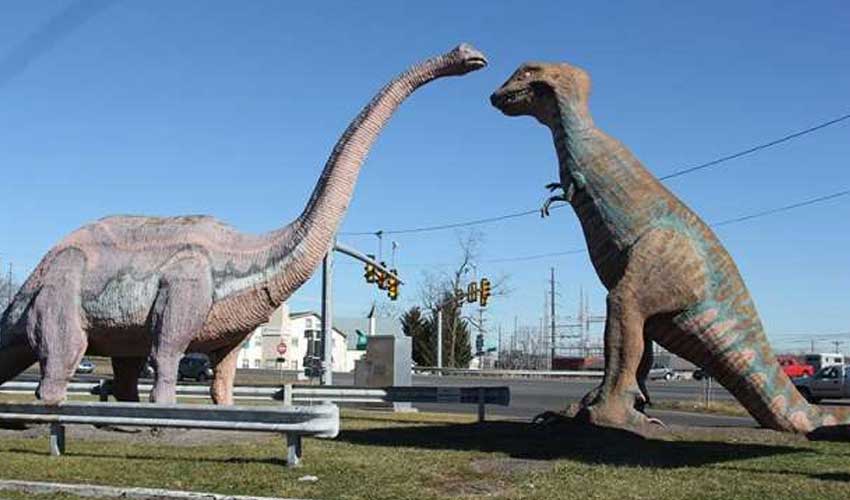Fossilised faeces, vomit and undigested food have shed new light on how dinosaurs ascended to dominate Earth, a groundbreaking study published on Wednesday reveals.
Researchers from Sweden’s Uppsala University, led by Martin Qvarnstrom, collaborated with a European team to analyze over 500 “bromalites” – fossilised digestive remains – unearthed in Poland.
Using advanced technologies like synchrotron microtomography, they reconstructed 3D images of these samples, providing unprecedented insights into the diets and habits of early dinosaurs and their competitors.
The bromalites contained remnants of insects, plants, fish, and larger animals, allowing scientists to trace dietary patterns over a 30-million-year period. By correlating these findings with fossil, plant, and climate data, the team mapped the evolutionary rise of dinosaurs.
"The fossilised remains illustrate how early dinosaurs adapted to environmental changes and diversified their diets," Qvarnstrom explained. Silesaurus, a 15-kilogram omnivorous dinosaur ancestor, stood out as a versatile survivor during this era. Unlike the dominant herbivorous Dicynodonts, Silesaurus thrived on an adaptable diet of plants, insects, and fish.
The study highlighted the impact of the Carnian Pluvial Episode, a period of heavy rainfall that led to the proliferation of new plant species. While larger herbivores struggled to adapt, omnivorous dinosaurs like Silesaurus capitalized on the changing ecosystem, paving the way for the rise of long-necked plant-eaters like Diplodocus and larger carnivorous predators.
The findings added to the debate on how dinosaurs rose to prominence. Two theories dominate: one posits that physiological advantages, such as upright posture, enabled early dinosaurs to outcompete rivals; the other suggests environmental upheavals eliminated competitors, creating evolutionary opportunities.
The researchers proposed a synthesis of these ideas: dinosaurs leveraged their adaptability and evolutionary traits to thrive in the wake of environmental disruptions.
While the study provided a compelling narrative, its focus on the Polish Basin—a region in the northern Pangea supercontinent—limits its scope. Qvarnstrom expressed interest in applying the methodology to southern Pangea, where dinosaurs first appeared, to validate and expand the findings.
"This study should serve as a starting point for further research," said Lawrence Tanner, a palaeontologist at Le Moyne College in New York.


























